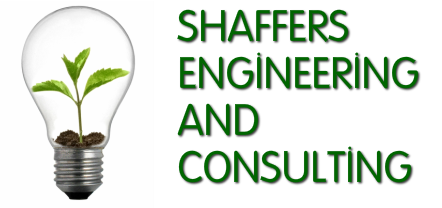Wastewater Constituents and Chemistry
Course Number: WWP190910606 (Idaho)
ECY17-1633 (Washington)
ECY17-1633 (Washington)
Discipline: Wastewater
Course Approval: 9/17/2019 to 9/17/2021 (Idaho)
10/06/2017 to 10/06/2020 (Washington)
10/06/2017 to 10/06/2020 (Washington)
CEUs Assigned: 0.6 (Idaho)
0.6 (Washington)
0.6 (Washington)
Course Agenda: Located here
Wastewater consists of wastes that are generated by your customers and water that moves the wastes from your customers to your wastewater treatment plant.
Raw wastewater varies from system to system based on many factors such as the make up of your system's potable water, what kinds of industry and businesses you have in your community, and what your customers are putting down their toilets and drains.
Knowing what is in your wastewater helps you to best treat the water to meet the limits contained in your discharge permits. Are you having troubles meeting your pH limits? It may be because you are using surface water in your potable water system. Or maybe it is because you don't have enough alkalinity in your wastewater. Or maybe it is because your system is performing nitrification and not denitrification. Or maybe it's because your raw water pH is too low.
Learn why pH, and temperature, and solids, and other constituents impact your system and how best to handle them. What are the concentration that you should expect in your influent. Is a couple thousand mg/l BOD5 a high number for influent BOD5 (I do know of a system that had these numbers for raw BOD5 and TSS). And what do these numbers tell your about your system.
Raw wastewater varies from system to system based on many factors such as the make up of your system's potable water, what kinds of industry and businesses you have in your community, and what your customers are putting down their toilets and drains.
Knowing what is in your wastewater helps you to best treat the water to meet the limits contained in your discharge permits. Are you having troubles meeting your pH limits? It may be because you are using surface water in your potable water system. Or maybe it is because you don't have enough alkalinity in your wastewater. Or maybe it is because your system is performing nitrification and not denitrification. Or maybe it's because your raw water pH is too low.
Learn why pH, and temperature, and solids, and other constituents impact your system and how best to handle them. What are the concentration that you should expect in your influent. Is a couple thousand mg/l BOD5 a high number for influent BOD5 (I do know of a system that had these numbers for raw BOD5 and TSS). And what do these numbers tell your about your system.
